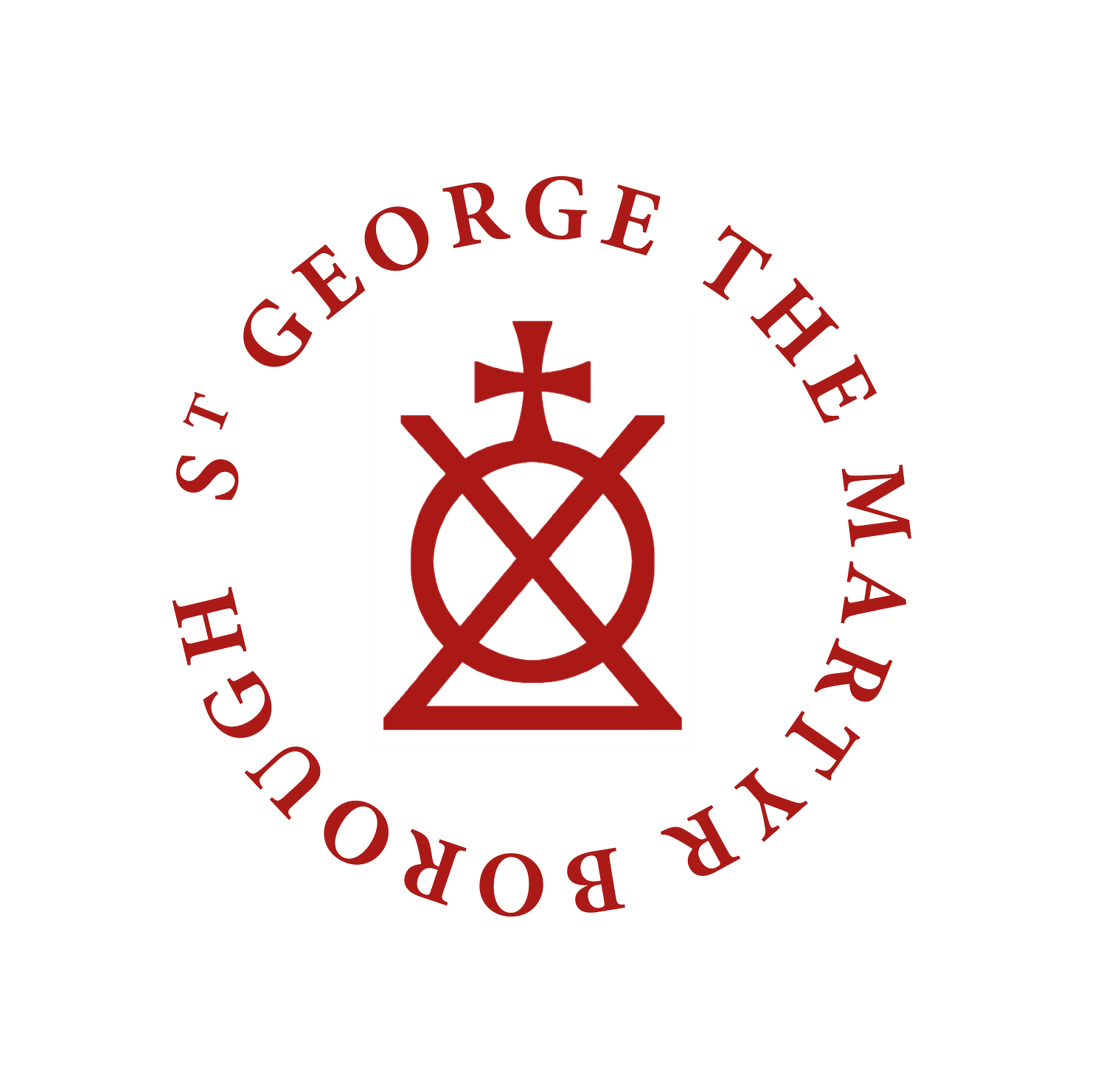The Site and Area of St. George’s
The site of St George’s Church has a long history going back beyond two millenia. A paleolithic channel runs nearby and Roman Southwark was a port with channels and ponds. The junction of two Roman roads, Watling Street and Stane Street are thought to be further to the South at the Elephant & Castle. Parts of a Roman animal pen and peripheral roadside buildings, including a snake’s head finger ring, were discovered under the church when the crypt was excavated in 2004-8 by the Museum of London. Two small Romano-Celtic temples from the late 1st or early 2nd century were discovered from a religious complex in Long Lane to the East of the church site. The old Roman road is thought to pass on a North-South axis at the East end of the church and the modern Borough High Street is not directly aligned along the ancient axis. The first church at the site was recorded around 1100 AD and the present Georgian building designed by John Price in built in 1734-6 stands just to the west of the Roman road which headed north into the city of London.
The church has borne witness to many famous visitors, pageants and processions which have passed by its steps. Henry V, and his victory pageant, was welcomed into the city by the Lord Mayor at the steps of St George’s following his famous victory at the Battle of Agincourt and six years later his funeral procession met at St George’s. More recently, Queen Victoria’s Jubilee procession passed the church in 1897 and spaces on the church steps were sold to purchase a rectory. Not only has St George’s witnessed the arrival of many figures from history but would also have seen countless pilgrims leaving London and heading for Canterbury after meeting at the Tabard Inn, later known as the Talbot, which was situated next to the current St George Tavern further up the High Street. The roads around the church and its church yard have been remodelled many times over the course of time.
The first printed bible in English was produced at the old St. Thomas Hospital near the modern Borough railway viaduct in 1537 and remarkable recent artefacts discovered in 2015 at the site of the new Premier Inn on the East side of Borough High street to the North include a Papal bulla seal from Pope Innocent III, the pope who declared Magna Carta annulled, and a Gaulish puzzle.
The less well known Great Fire of Southwark 1676 raged ten years after the Great Fire of London 1666 destroying much of the area north of the mediaeval church. A fire break was created by blowing up St. Margaret’s Church and surrounding buildings.
The following 19th century engraving by Nathaniel Whittock is taken from a drawing by Antony van den Wyngaerde (ca 1543-50). The original is held at the Bodleian Library and Whittock made many alterations and additions. The mediaeval St. George’s can be seen in the bottom left of the picture and is numbered 71. The building opposite with the elaborate towers is the Duke of Suffolk’s Palace known as Suffolk Place and was originally built as the Duke’s London residence. Charles Brandon married Henry VIII’s sister, Mary, in 1514. It is thought that the palace was demolished around 1557 and architectural terracotta’s, which formed part of the palace’s decoration, were found under the church during the 2004/8 underpinning works.
